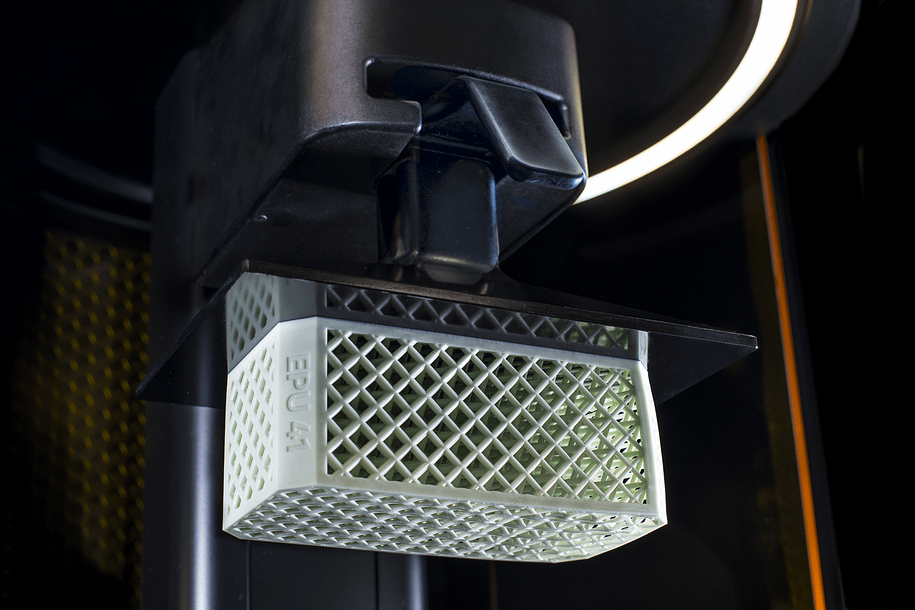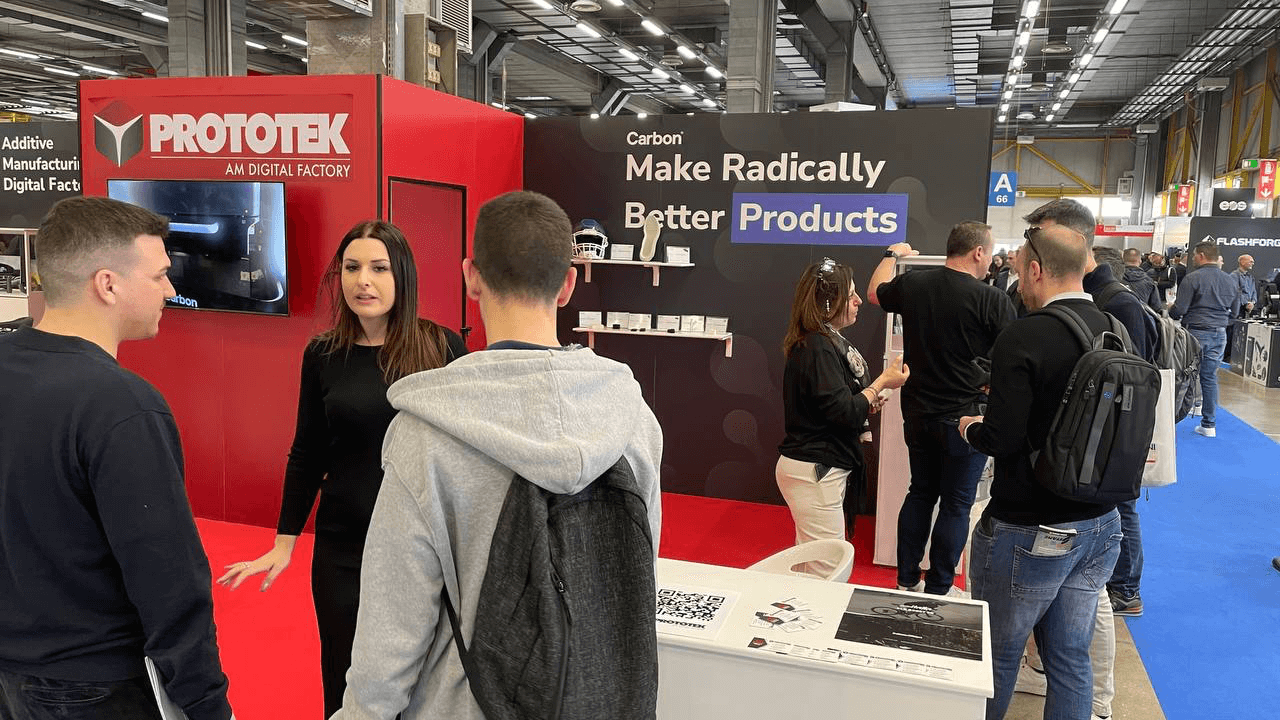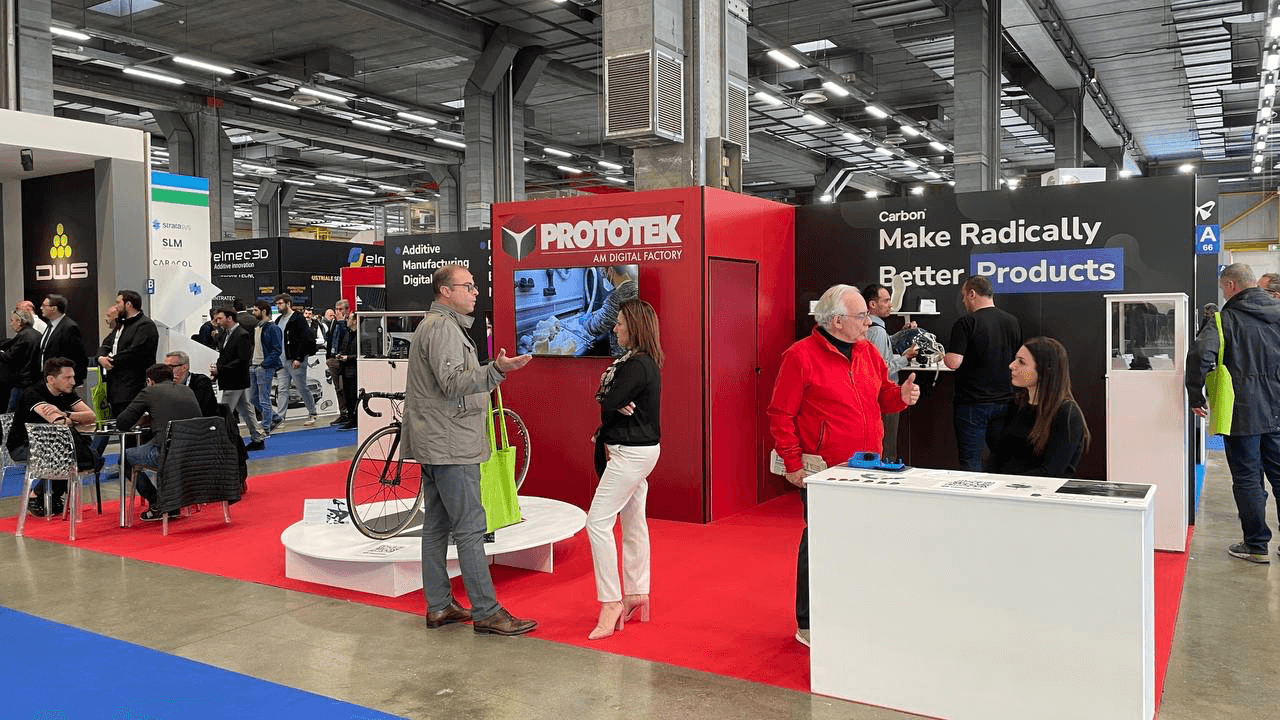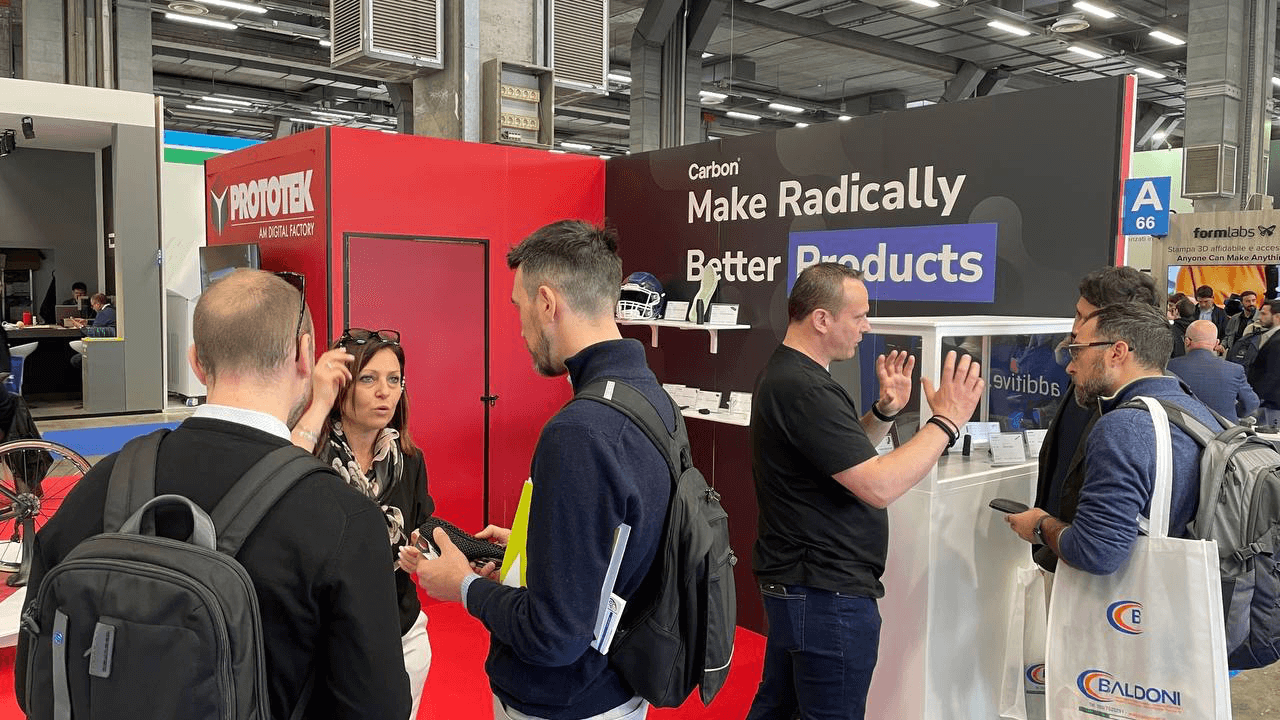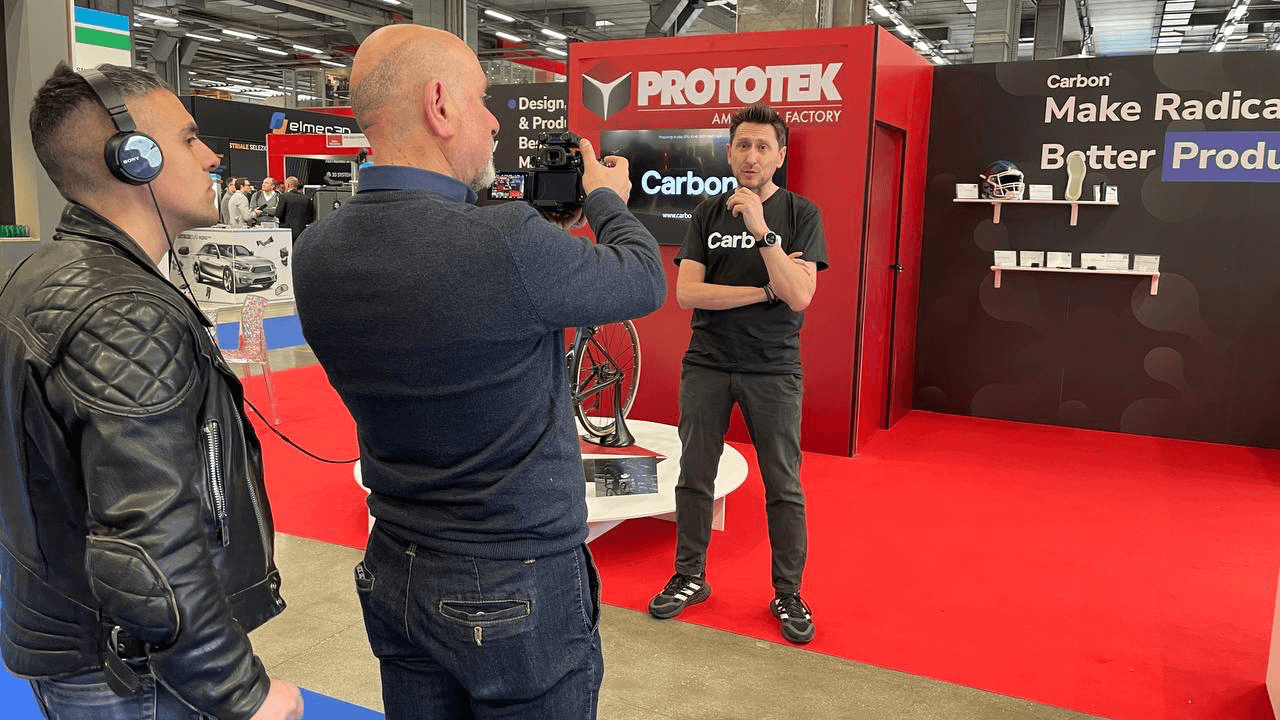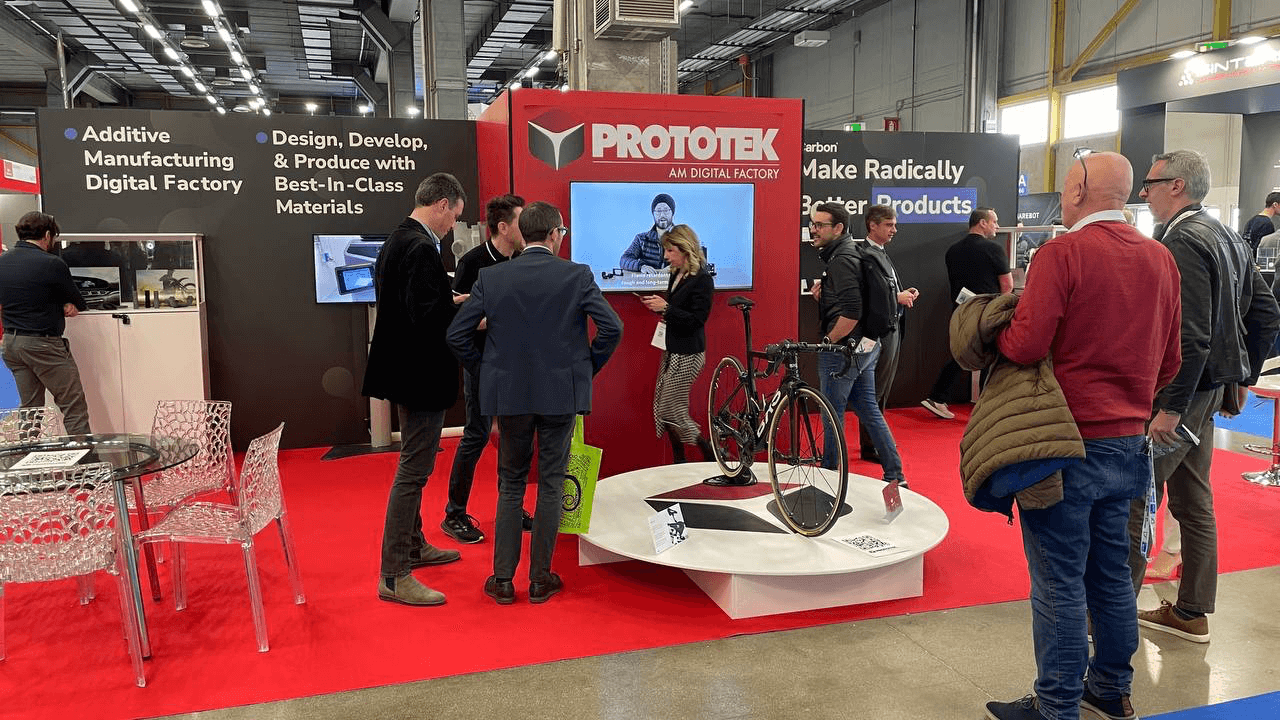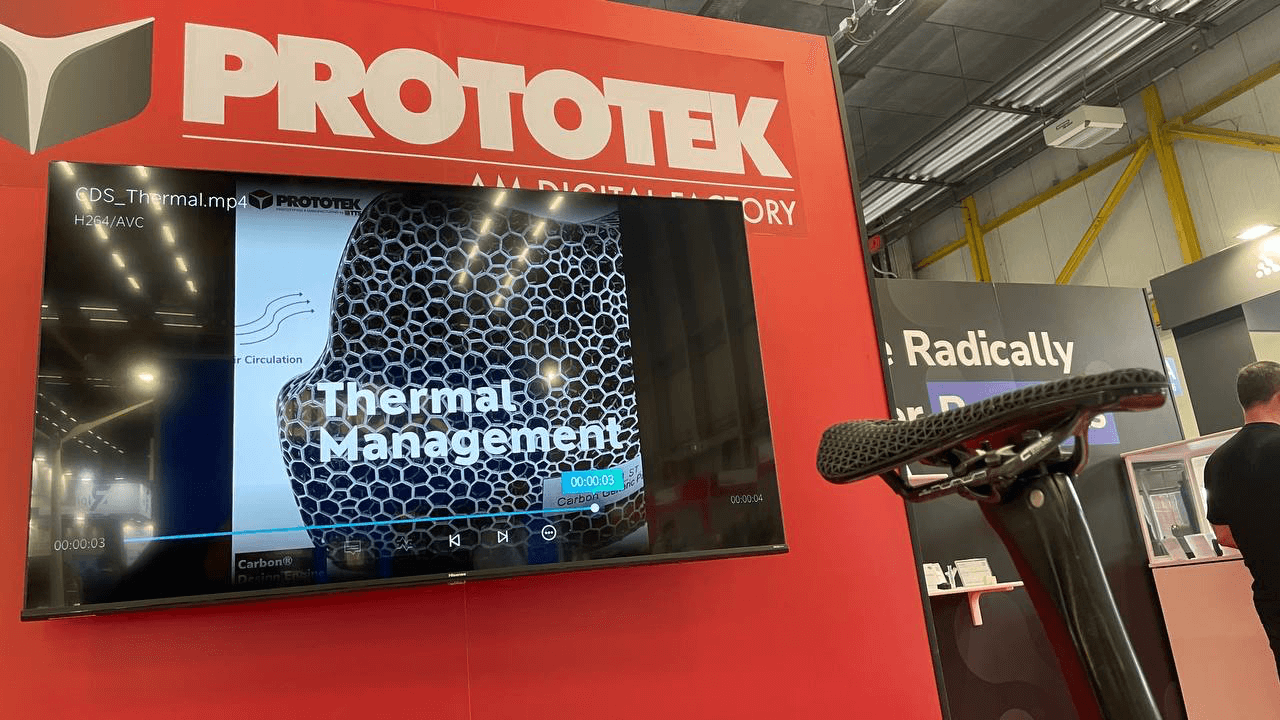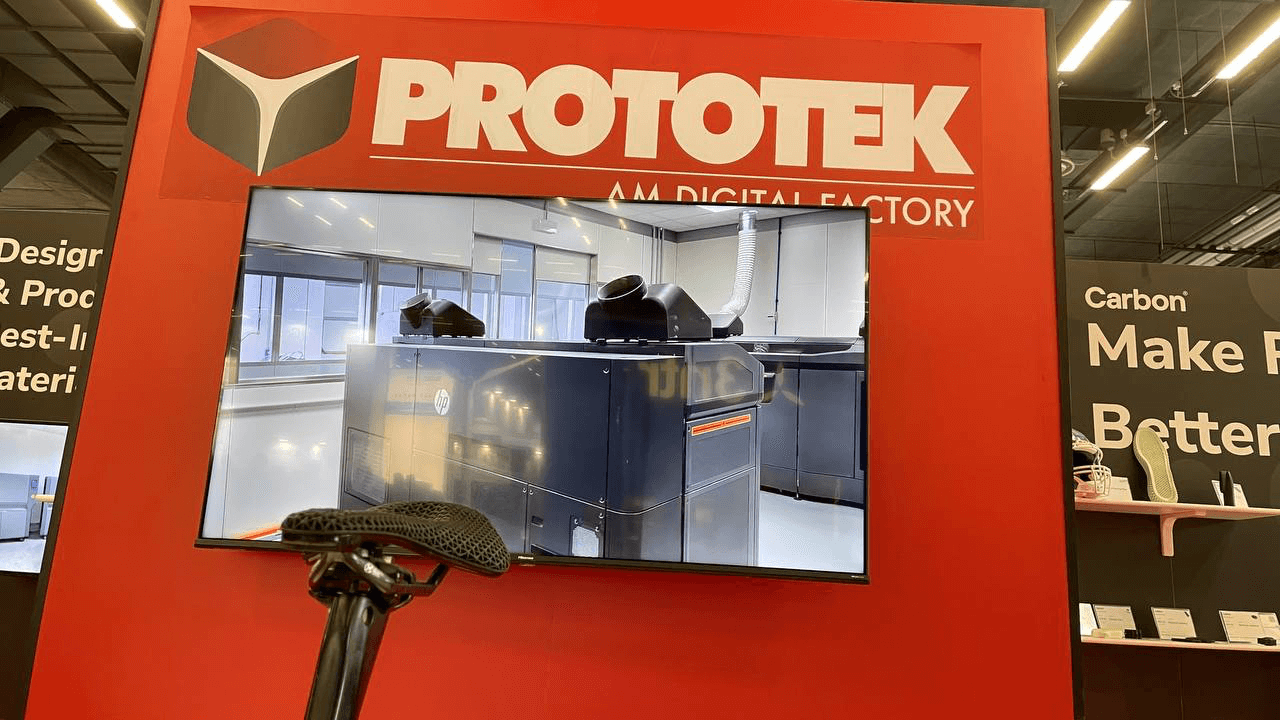Carbon DLS: high‑performance 3D printing with Prototek
Carbon DLS (Digital Light Synthesis™) represents one of the most advanced industrial 3D printing technologies. This innovative process combines digital light projection, oxygen‑permeable optics, and engineered resins to produce parts with flawless surface finish, high resolution, and mechanical properties comparable to standard thermoplastics.
How Carbon DLS works
At the core of the system lies the CLIP (Continuous Liquid Interface Production) method: UV light projects cross‑sections of the part through a window that lets oxygen permeate.
This creates a “dead zone” that prevents polymerization directly on the window, enabling the part to grow continuously rather than layer by layer. This continuous growth removes the layer-by-layer delamination typical of many additive technologies, delivering faster and more reliable prints.
After printing, a thermal post-curing stage activates a latent chemical component in the resin: this dual-cure step strengthens the part, resulting in isotropic, dense, robust components with a finish comparable to injection molding.
Key advantages of Carbon DLS
- High resolution and mechanical performance: achieve excellent surface quality and strong physical properties.
- True structural isotropy: no weak directional planes typical of layered processes.
- Speed and scalability: rapid iteration and seamless transition from prototyping to low-volume production, already adopted by global brands.
- Geometric freedom: enable undercuts, vertical walls, complex lattices, and integrated internal structures.
- Customization & texture: no tooling is needed; you can tailor textures and designs freely.
- Wide range of materials: resins available in rigid, elastomeric, or functional grades.
Materials available via Prototek (DLS certifiable resins)
Polyurethane and epoxy resins
Prototek offers a broad catalog of certified materials compatible with Carbon DLS:
Among these, EPU 46 stands out as ideal for prototypes or end-use parts that must withstand repeated stress, such as wearable pads or cushioning components, thanks to its elasticity, durability, customizable colors, and high energy return.
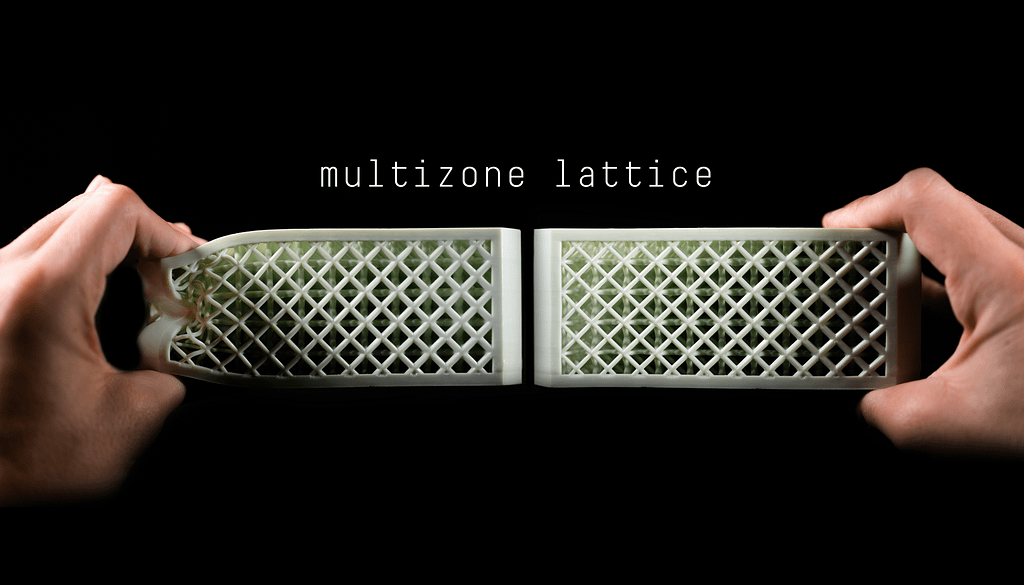
Why choose Prototek as your Carbon DLS partner
Prototek is more than a 3D printing service: we guide you through every stage, from 3D modeling (CAD) and scanning, to design for additive manufacturing (DfAM), through to post‑production.
We optimize geometries for print success, select the ideal resin to meet your specs, and ensure top-tier quality, all proudly Made in Italy. Each stage uses certified materials and is performed by highly skilled engineers, ensuring reliability and full technical support.
Success stories: brands leveraging Carbon DLS and Prototek
Selle Italia – next-gen 3D saddles
Selle Italia collaborated with Prototek to develop high-performance 3D-printed saddles using Carbon DLS™ and resin EPU 41. The lattice structure delivered optimal comfort and performance by filtering vibration and tailoring support per athlete type.
Newer 3D models like SLR 3D Carbon and SLR 3D Elite now use EPU 46, offering greater stiffness and energy return while retaining differential comfort zones.
These saddles showcase how Carbon DLS elevates 3D printing from prototyping to full market-ready products.
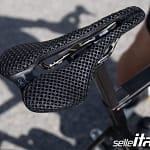

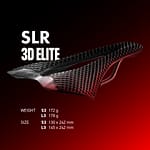
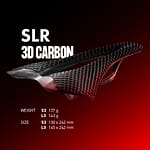

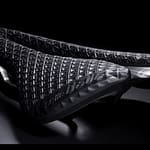
Filippi – Olympic rowing innovation
Filippi, leader in high-performance racing shells, employed Carbon DLS™ and EPU 46 in collaboration with Prototek to develop ergonomic lattice pads for rowing seats. These lightweight parts enhance posture, damp vibration, and boost comfort and performance.
Their adoption at international championships underscores the reliability and advantage of this approach.

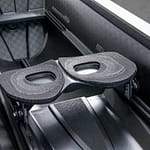
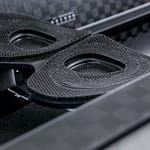

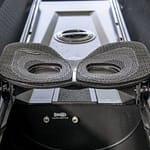
From CAD to finished product: Carbon DLS workflow with Prototek
The Carbon DLS solution transforms the traditional additive pipeline:
Design & scan – We assist in converting your geometry into a DLS-ready CAD or scan file.
DfAM optimization – We adapt your design to maximize printability, surface finish, and mechanical performance.
Material selection – based on functional requirements, we choose the resin (rigid, elastomeric, flame retardant, etc.).
Printing & post-curing – using our fleet of Carbon machines, we 3D print and perform dual-cure processes.
Quality assurance & finishing – We inspect, finish, texture, and deliver parts ready for use.
Prototek in Italy operates a fleet of 7 Carbon printers running 24/24, from Sunday evening to Friday evening, enabling efficient, cost-optimized production for complex designs.
This infrastructure ensures delivery times, consistency, and scalability.
Technical considerations & design guidelines
The Carbon M2 printer offers a build volume of ~189 × 118 × 326 mm.
Your design should respect the DLS design principles (gradual geometry transitions, consistent wall thickness, proper venting) to avoid defects like overcure or trapped volumes.
Tolerances can typically be ±0.003″ for the first inch, plus ±0.010″ per additional inch, though tighter tolerances are negotiable.
Features such as holes, thin walls, overhangs, or deep cavities may require design adjustments to guarantee structural integrity.
Positioning Carbon DLS vs other additive technologies
Carbon DLS stands out among photopolymer-based 3D printing methods:
Unlike standard SLA, DLS parts are isotropic and undergo thermal activation for superior mechanical strength.
Compared to SLS / MJF / FDM, it offers smoother surfaces, no layering artifacts, and better resolution for fine features and lattice structures.
For low-volume production, DLS can start competing with traditional injection molding, eliminating tooling cost.
Conclusion
Carbon DLS is reshaping what’s possible in industrial 3D printing, offering speed, freedom of design, certified resins, and end-use quality.
With Prototek as your partner, you benefit from full support from design to delivery, supported by a robust Carbon infrastructure in Italy.
Ready to get started? Contact Prototek today to explore your project. Let us turn your complex design into high‑performance parts through Carbon DLS.
